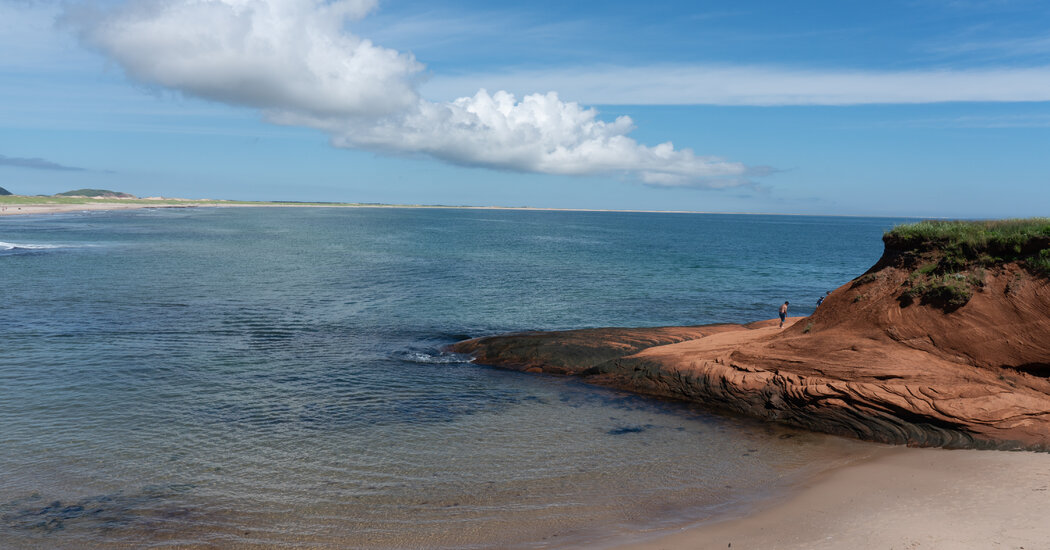They tell a story in the Magdalen Islands about a winter so bitter that they were completely cut off, with no way to guide their boats through the frozen harbors.
Running out of supplies and desperate, they penned letters detailing their plight, sealed them in an empty molasses cask, affixed a tiny sail to it and cast it into the sea. Two weeks later, it washed up on the mainland, the Canadian government dispatched icebreakers, and the people of “the Maggies” were saved — as in a fairy tale.
Except it really happened. In 1910, an errant ship severed the undersea telegraph cable connecting the islands to the world; a tiny, bobbing barrel really did save them from disaster.
But not obscurity. As I drove across the border from Maine into St. Stephen, New Brunswick, the Canadian agent, inspecting my passport, asked me where I was going. When I responded, “The Magdalen Islands,” he narrowed his eyes, cocked his head and said, “The what?”
A place apart
The Magdalens — Les Îles de la Madeleine in French — are an archipelago of eight islands, seven inhabited, six connected by bridges, causeways and sandbars, the whole shaped like a fish hook, or maybe a question mark, both fitting. Altogether, they comprise less than 80 square miles and have a population of about 12,000.
They sit in the middle of the Gulf of St. Lawrence, far from everywhere but closer to the Maritimes and even Newfoundland than to Quebec, to which they formally belong. There’s one small hospital, which looks as if it may fall into the sea before too long — the islands’ sandstone cliffs are eroding in some places as fast as a meter per year — and a movie theater, which looks as if it could tumble in any day. The only chain restaurant, a Tim Hortons, was closed when I visited last summer.
Madelinots, as the locals call themselves, fish and farm and hang their laundry out to dry in the islands’ strong winds exactly as they have done for more than two centuries. They live atop garnet-colored cliffs, surrounded by sapphire water and emerald grass. They keep their houses tidy and paint them turquoise, orange, cherry red, lime green, bright yellow and every shade of purple. (I saw more purple houses on the Magdalens than I have everywhere else put together.)
Visitors kayak, kitesurf and parasail in lagoons and on the sea; ride bicycles, scooters, motorcycles and trikes around treeless plateaus speckled with equally treeless buttes. They seek out bluffs and lighthouses, sun and swim…
Click Here to Read the Full Original Article at NYT > Travel…
